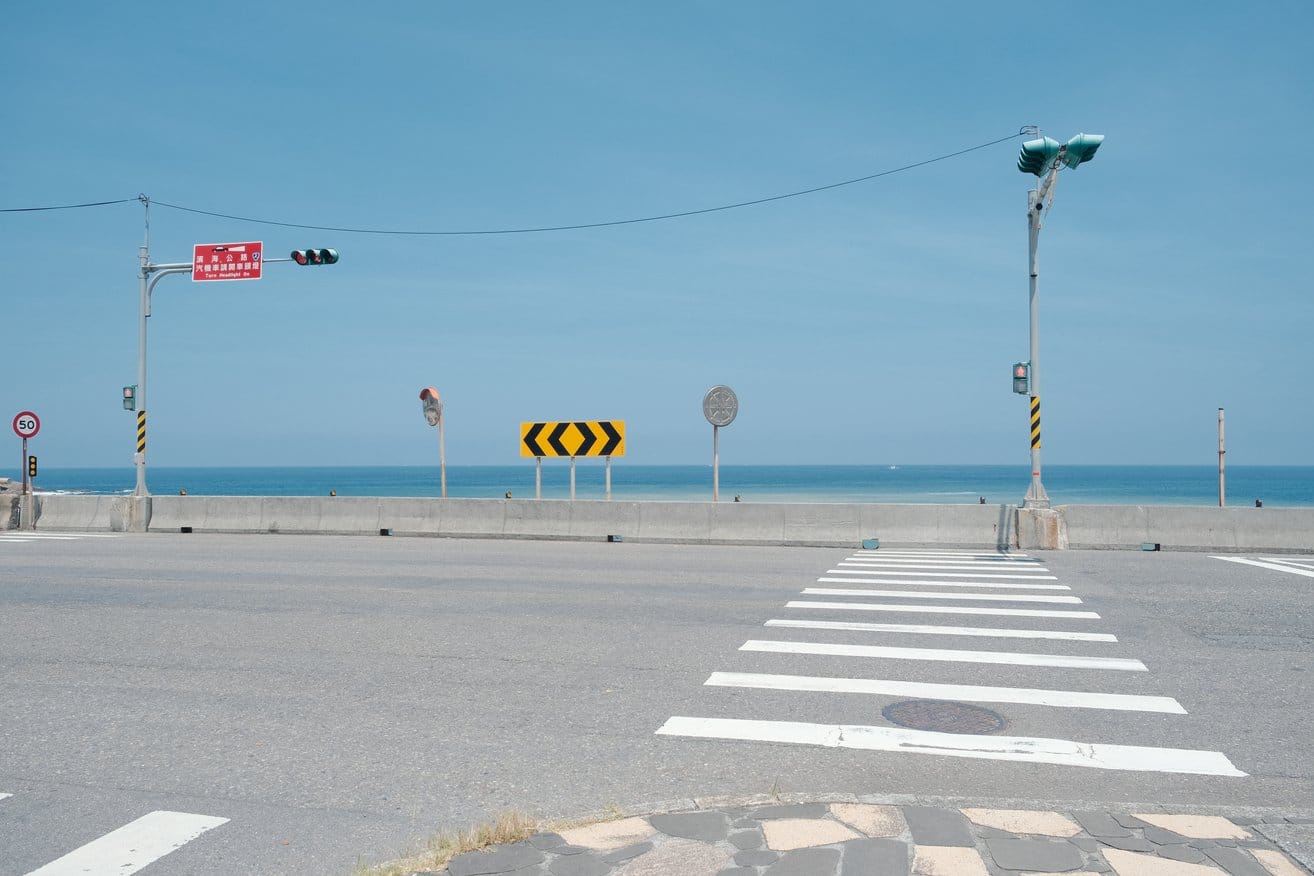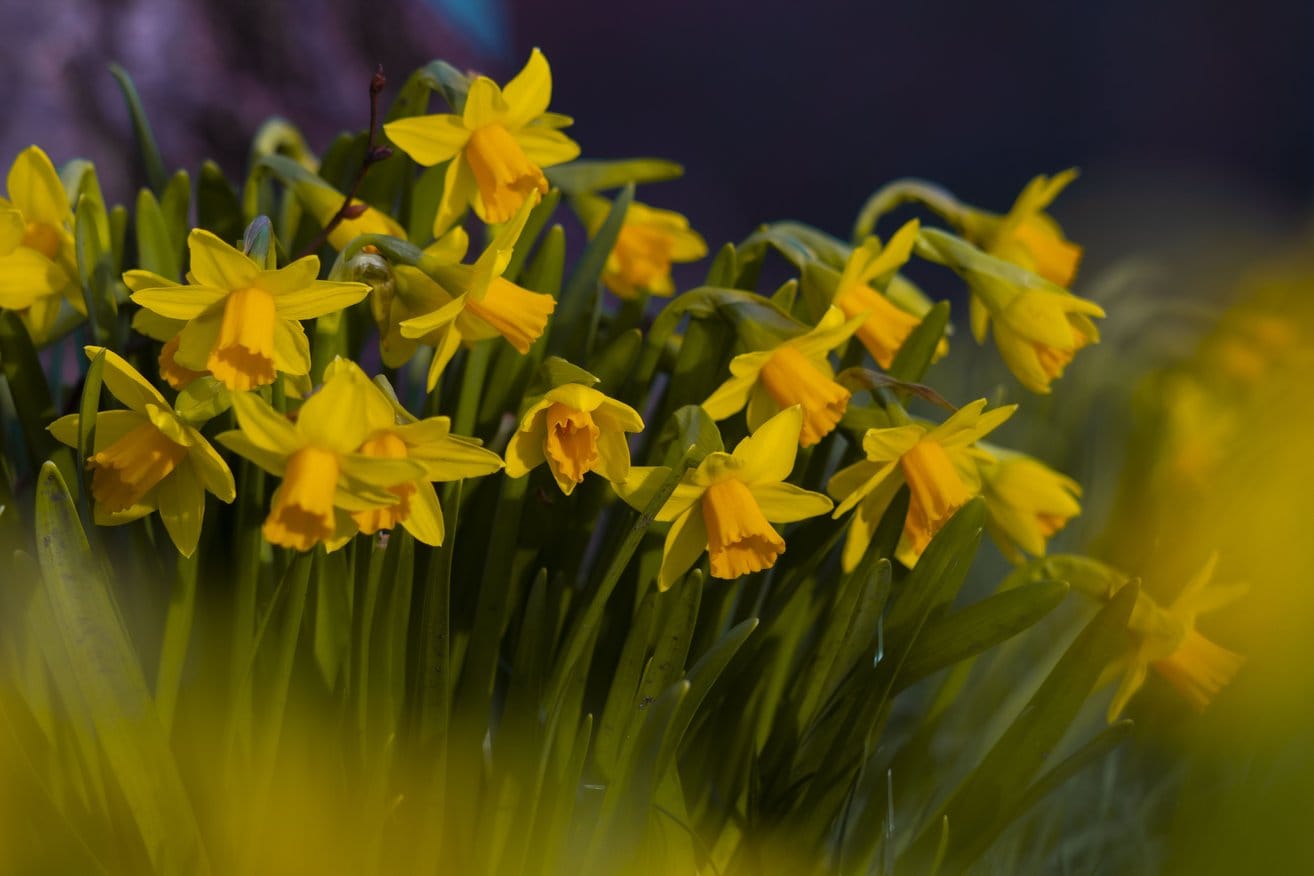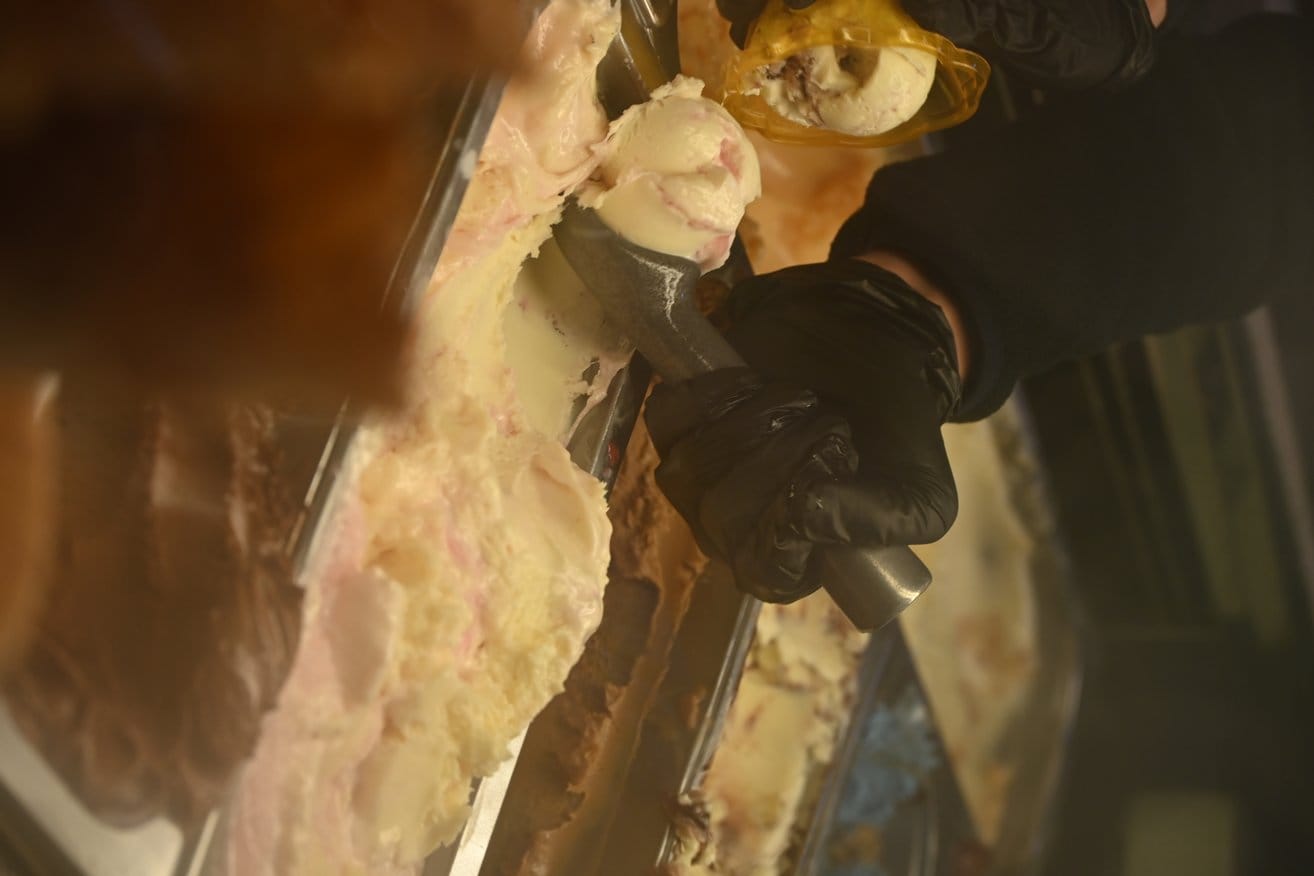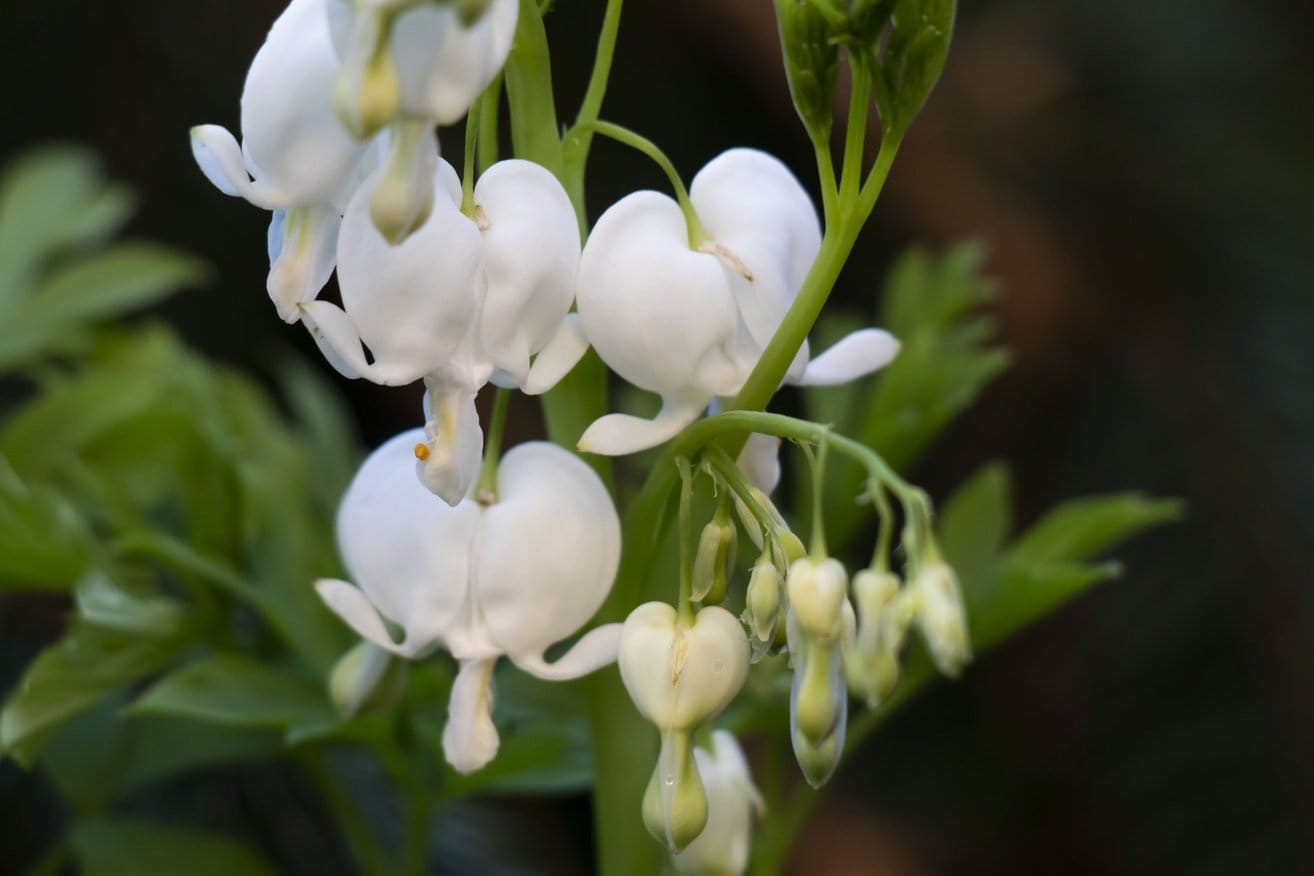“If you don’t sleep early, if you skip meals, if you don’t take breaks, you will die.” Yuna’s mother chided her. Was she being a tad bit dramatic? Yes. But Yuna understood. This was her first time staying away from her mom. The last trip she took was a 3-day school trip for band to Whistler and she had called her mom every hour. But that was impossible now. Yuna was going away from school, to experience new things and pursue better opportunities. All of this was for Yale in the end, and to that, her mom didn’t argue. Yuna hugged her mother tightly. Even her father, who Yuna had a strained relationship with, embraced her lightly. Korean International School. Dwight School of Seoul. Established 150 years ago, Dwight School of Seoul is the first and only school in Seoul to receive accreditations for all three IB programs. It was prestigious and beyond. And Yuna had earned the opportunity to be a part of the elite, thanks to her excellent grades, her application essay, and her fencing scholarship. If she could do well in the next three years at Dwight, she would be as good as already at Yale. The plane to Korea was uneventful. The food was horrible. But at last, Yuna stepped into the school and moved toward her dreams. School started. Days moved. And slowly but surely, Yuna started stress eating, and returning to her old ritual of throwing up. It all started when she was 11, during one of her mother’s gatherings with her aunties. They had been regulars, but whenever they visited, Yuna’s sister would send her to her room. But today, her sister was out with her boyfriend, so Yuna had stayed seated by the fireplace, reading. The aunties smiled, and looked at her, wide-eyed, telling how smart she must be to read such a big book and complimenting her about her sharp nose. But soon. her mom had entered the room and quickly kicked Yuna out. “Go to your room. Practice piano or study. Why are you wasting time?!” Yuna sat on the stairs, at a spot where she could stay hidden but still listen. Biggest mistake of her life. The aunties suggested diets her mom could put her on, dotting over their skinny daughters, warning her mother no boy would ever marry Yuna. Since then, everything has become a race. Yuna studied to outshine everyone. Yuna worked out to get thinner. She threw up after every meal to appear ‘natural’ and to get results faster. Every time she did, she felt a tug in her stomach, a reminder she was a cheat, a liar. and a fraud. All her hard work and determination began to show. People praised and admired her. They started liking her without even talking to her. She became loved for her appearance and accomplishments. “You are such a clean freak. I don’t know anyone else who brushes their teeth after every meal,” her friends would say. Yuna smiled at her friends before sliding out towards the bathroom. She checked under all the stalls and locked the main door behind her. She went into a stall, leaned over the toilet, and puked. Yuna felt guilty every time she did this. She had watched all her friends complain about their weight, telling her she was lucky for her metabolism. But they couldn’t know that Yuna wasn’t the perfect being they had in mind. She had grown used to the treatment she got, the praise for having it all, a pretty face, and amazing academics. They would leave her like those aunties had said. She couldn’t lose everyone now. Not after all the work put in. ‘I am a cheat, a liar, and a fraud. They can’t know.’ After her English lesson, Yuna headed to the cafeteria with her friends. After her meal, just as she was about to head to the bathroom, she heard a question. “Yuna? Do you have a weak stomach?” The question stopped her in her tracks. Her heart pounded in her chest, and her mind scrambled for an excuse. “They can’t know. They can’t.” “Yeji said she thought you were throwing up yesterday, after the pork buns. She asked me to check if you were ok.” Mi-Rae asked. “I am all good. It was just an off day,” Yuna lied. But soon, her friends began to catch on. They began to question why she went alone, insisting that they tag along. They questioned why she ate so fast and why she went to brush her teeth so soon. They questioned everything. Her cover began to crumble, and her mask began to fall. ‘People only care cause ur not good enough. They don’t admire you. They pity you,’ a voice in her head whispered. Over the next few weeks, Yuna’s meals became smaller and less frequent. She made sure to leave the cafeteria first, avoiding anyone’s gaze. Every day felt like a blur. Her reflection in the mirror became unrecognizable—hollow cheeks, dark circles. Her friends tried to help, pulling her aside to ask if she was alright. “You look pale, Yuna. Have you been eating?” Mi-Rae asked one day, concern etched on her face. Yuna forced a smile. “I’m fine.” But her body disagreed. Her legs felt weak, her mind foggy. And one afternoon, it all came crashing down. Yuna fainted. The world was a blur when Yuna opened her eyes. The bright lights above made her squint. She heard the steady beep of machines and felt the rough sheets beneath her fingertips. ‘Where am I?’ “You’re in the hospital,” a soft voice said. A doctor stood at her bedside, a clipboard in hand. “You collapsed. It seems you’ve been struggling with an eating disorder. We’ll need to keep you here to help you recover.” Yuna closed her eyes. A cheat, a liar, a fraud. They all know now. Recovery was a battle, every day. The therapists were kind, but their words didn’t take away the









